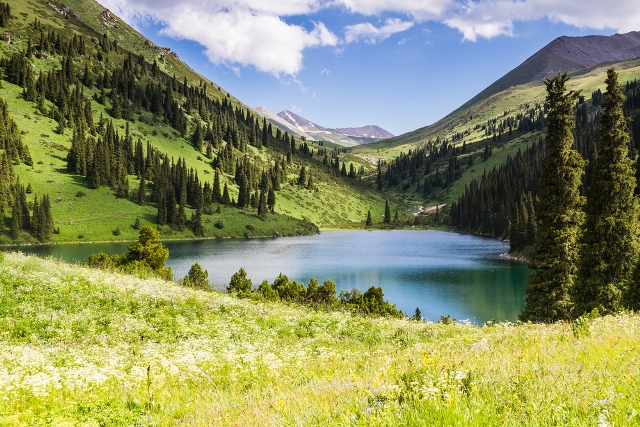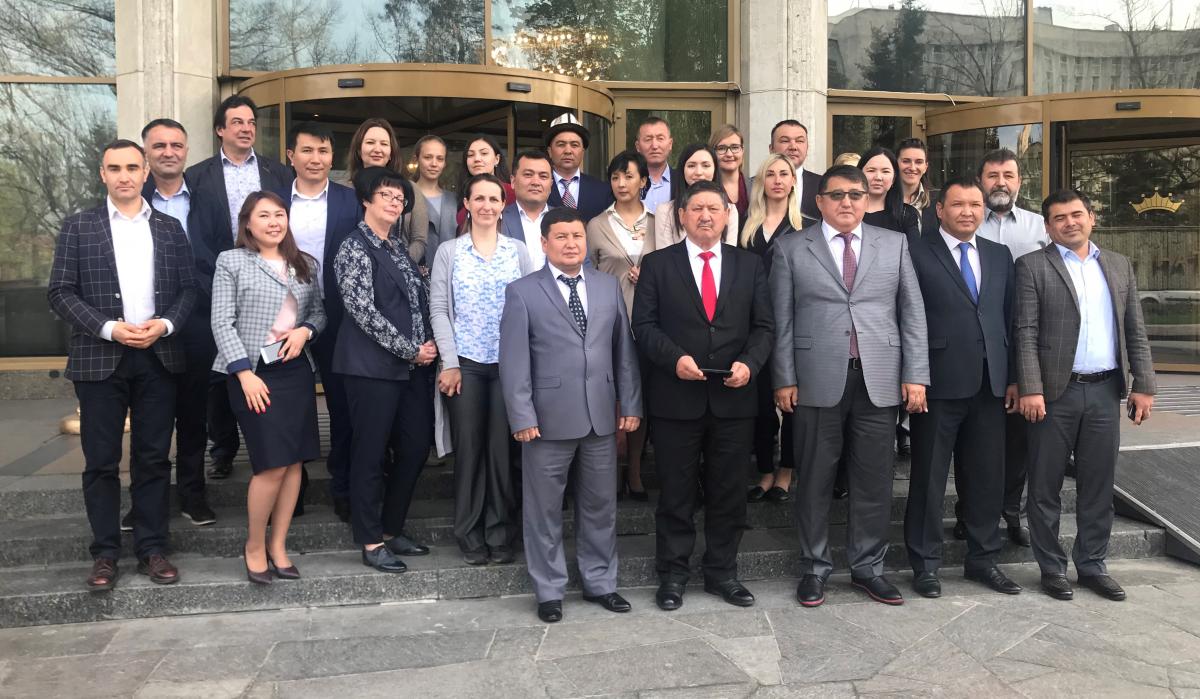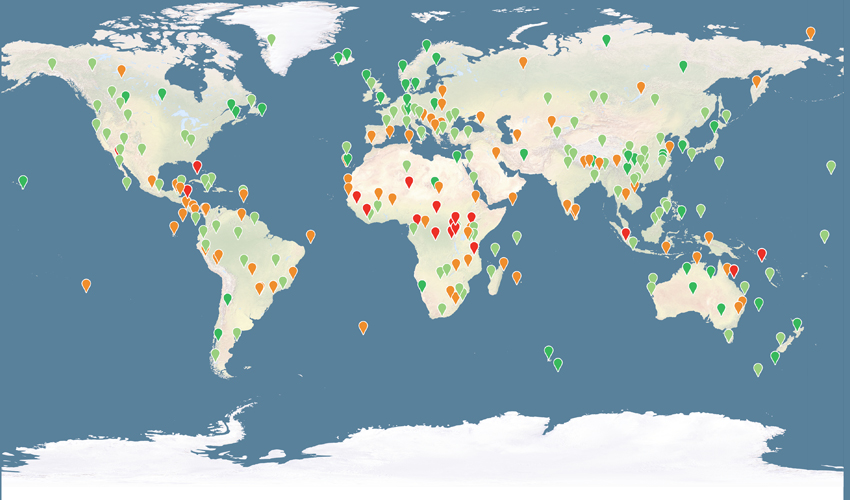Natural World Heritage sites in Central Asia - from assessment to action
Constructive discussions of protected area managers and national experts from Central Asia at a workshop convened by IUCN in Almaty, Kazakhstan in April 2019 resulted in the assessment of threats and management effectiveness of three natural World Heritage sites in the region and in identifying priorities for their conservation.
The number of World Heritage sites has been constantly increasing since the adoption of the Convention in 1972, and so has the need for guidance to State Parties on its implementation”, said Krista Pikkat, Director of UNESCO Almaty Cluster Office for Kazakhstan, Kyrgyzstan, Tajikistan and Uzbekistan, opening the workshop. “We are today here to support and improve the implementation by assessing the threats to natural World Heritage sites in the region and continuing to build the capacities of managers of the protected areas”, she concluded.
Applying the methodology of the IUCN World Heritage Outlook, the first global assessment of natural World Heritage, it became clear that urgent additional conservation measures were needed in order to safeguard the values of Western Tien-Shan – a transboundary World Heritage site shared by Kazakhstan, Kyrgyzstan and Uzbekistan. Some concerns were raised when it comes to the other two natural World Heritage sites in Central Asia, Saryarka – Steppe and Lakes of Northern Kazakhstan and Tajik National Park (Mountains of the Pamirs), and participants have jointly identified conservation measures needed to maintain the values of these sites in the future. These findings will serve as a baseline to keep track of the progress made in their management.
The methodology for developing site-level action plans using the IUCN World Heritage Outlook has been developed in cooperation with the IUCN French Committee. “We are very excited to see that the methodology piloted in Corsica in 2018 can be applied in other regions for the participatory development of action plans that would improve conservation outlook of natural World Heritage sites”, said Thierry Lefebvre, IUCN French National Committee.
Participants demonstrated a strong interest and readiness to further enhance their work on World Heritage regionally, looking forward to receive capacity building materials, including in Russian, and needed trainings, and improving networking and exchange of knowledge among expert groups and with international experts.
The IUCN World Heritage Outlook is the first global assessment of all natural World Heritage sites, indicating how likely they are to conserve their values over time. The update released in 2017 highlights that threats to natural World Heritage, particularly climate change, have been increasing. At the same time, it shows that management effectiveness and capacity to address these threats have been decreasing in many sites, which will require urgent actions to ensure conservation of these most precious natural places.
The workshop Management of natural World Heritage sites in Central Asia was organized in April 2019 in Almaty by the IUCN Regional Office for Eastern Europe and Central Asia (ECARO) and the IUCN World Heritage Programme, the UNESCO Almaty Cluster Office for Kazakhstan, Kyrgyzstan, Tajikistan and Uzbekistan and the Kazakhstan National MAB Committee.
This workshop was held as part of the project Achieving Excellence in the Nomination and Management of World Heritage in Central Asia, funded by the German Federal Environment Ministry’s Advisory Assistance Programme (AAP) for environmental protection in the countries of Central and Eastern Europe, the Caucasus and Central Asia and other countries neighbouring the European Union. It is supervised by the Federal Agency for Nature Conservation (BfN) and the German Environment Agency (UBA) and implemented by IUCN ECARO and the IUCN World Heritage Programme.





